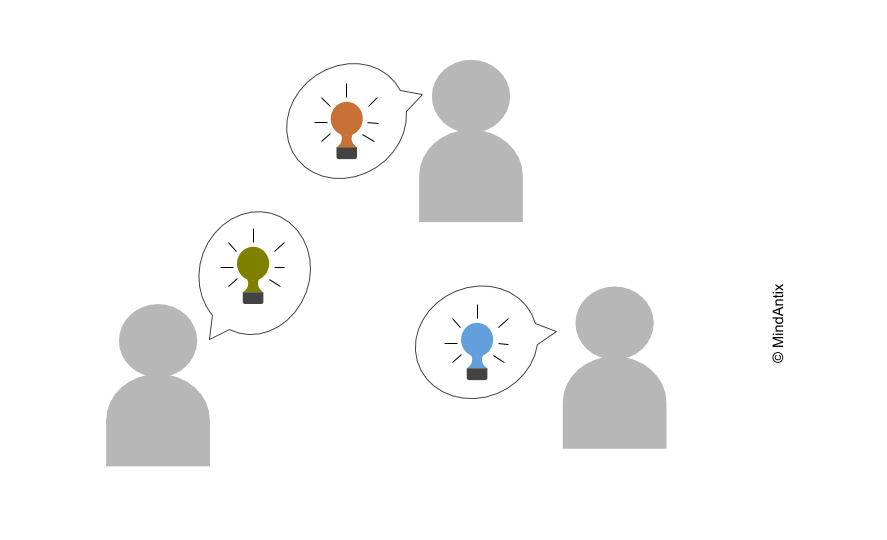One of the most touted reasons for increasing diversity in organizations is the benefit it brings to innovation. Diverse teams bring different perspectives and ideas, leading to more novel solutions. But are diverse teams really that innovative in practice?
We recently conducted a study to evaluate the impact of gender bias on innovative work in the technology industry. Creating a culture of innovation, which can give companies a sustainable competitive advantage, is a key priority for technology companies. Companies, therefore, invest heavily in DEI efforts in order to create healthy and diverse workforces.
However, our study showed that current DEI efforts are falling short from the perspective of innovation. Women, especially those working in technical roles, have to work hard to drive their ideas within their teams, and those ideas are often minimized or dismissed. This is especially important for senior women. Leaders are associated with bold, innovative ideas but when women’s ideas are ignored they can’t create impact and their potential to progress to leadership roles is reduced.
The impact of gender bias isn’t limited to just women, organizations pay a high cost — Gender Innovation Tax — in terms of lost revenue and increased overheads as well. Organizations grossly underestimate this cost, in part because they don’t track these issues.
We interviewed women working in the technology industry to understand the challenges they face. We identified four cognitive and psychological mechanisms at play:
- Evaluation Apprehension: Women face a higher anxiety for how their ideas will be perceived and as a result, they hold back from contributing to the group. Current DEI efforts have raised awareness of mechanisms, like getting interrupted, that prevent women from sharing their ideas. Unfortunately, they don’t address strategies that go beyond simply getting a chance to speak. Once women are able to speak, they may still choose to hold back if they fear looking naive or incompetent. Leaders need to be aware of this and find ways to lower evaluation apprehension.
- Groupthink is the tendency of groups to get swayed by a few voices and reach faulty decisions by not considering all alternatives thoroughly. Women often find that their ideas don’t get the same level of discussion as men’s even when they bring additional data or research to back up their ideas. As a result, less optimal decisions get implemented.
- Cognitive dissonance is the state of having inconsistent thoughts due to ingrained beliefs on one hand, and evidence on the other. For example, a belief that women are not as technically competent as men can clash with seeing high quality work from women leading to cognitive dissonance. In such situations, people might downplay women’s work, attribute their performance to luck, and attribute promotions to affirmative action and not to personal ability.
- Tokenism refers to the negative experiences a minority group faces as a result of being in a majority group. It also refers to the hiring or promotion of minority candidates as a signal that the group does not discriminate against them. It unfortunately creates a perception that the minority candidate is not actually deserving of that role. Women tend to face snide comments like “You had the perfect minority card to get the promotion” or “If I was a woman, I would have become a Partner”.
We then identified several leadership strategies that can mitigate the impact of these mechanisms. One key takeaway is to create structured norms around how ideas are discussed and debated, and the BTR technique (in the Appendix section of the report) outlines how leaders can run a group brainstorming session. Most of the strategies offered are gender agnostic — the idea is to remove biases in general from decision making so companies can become smarter and more efficient.
To get the rest of the strategies download the full report here.



